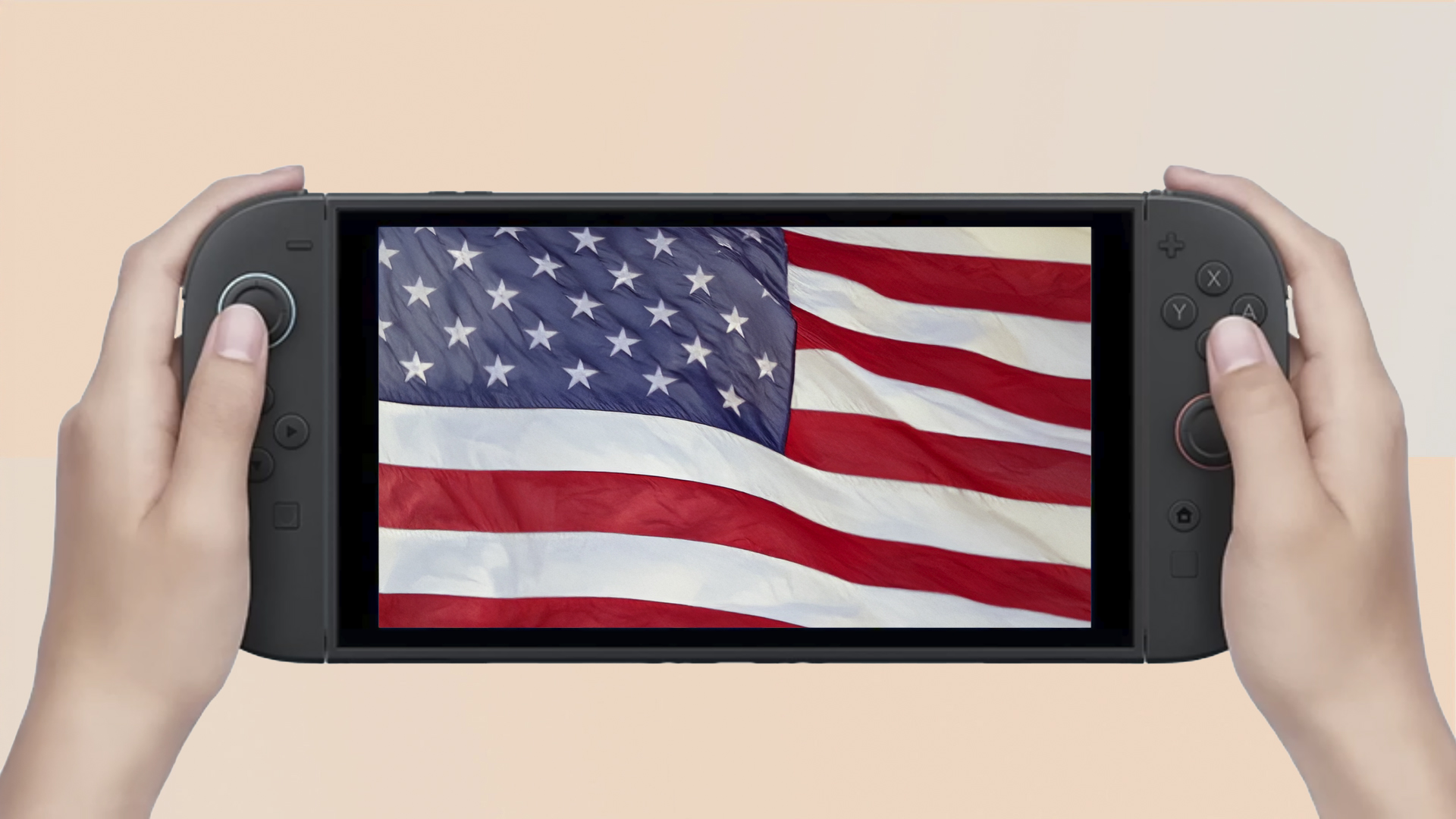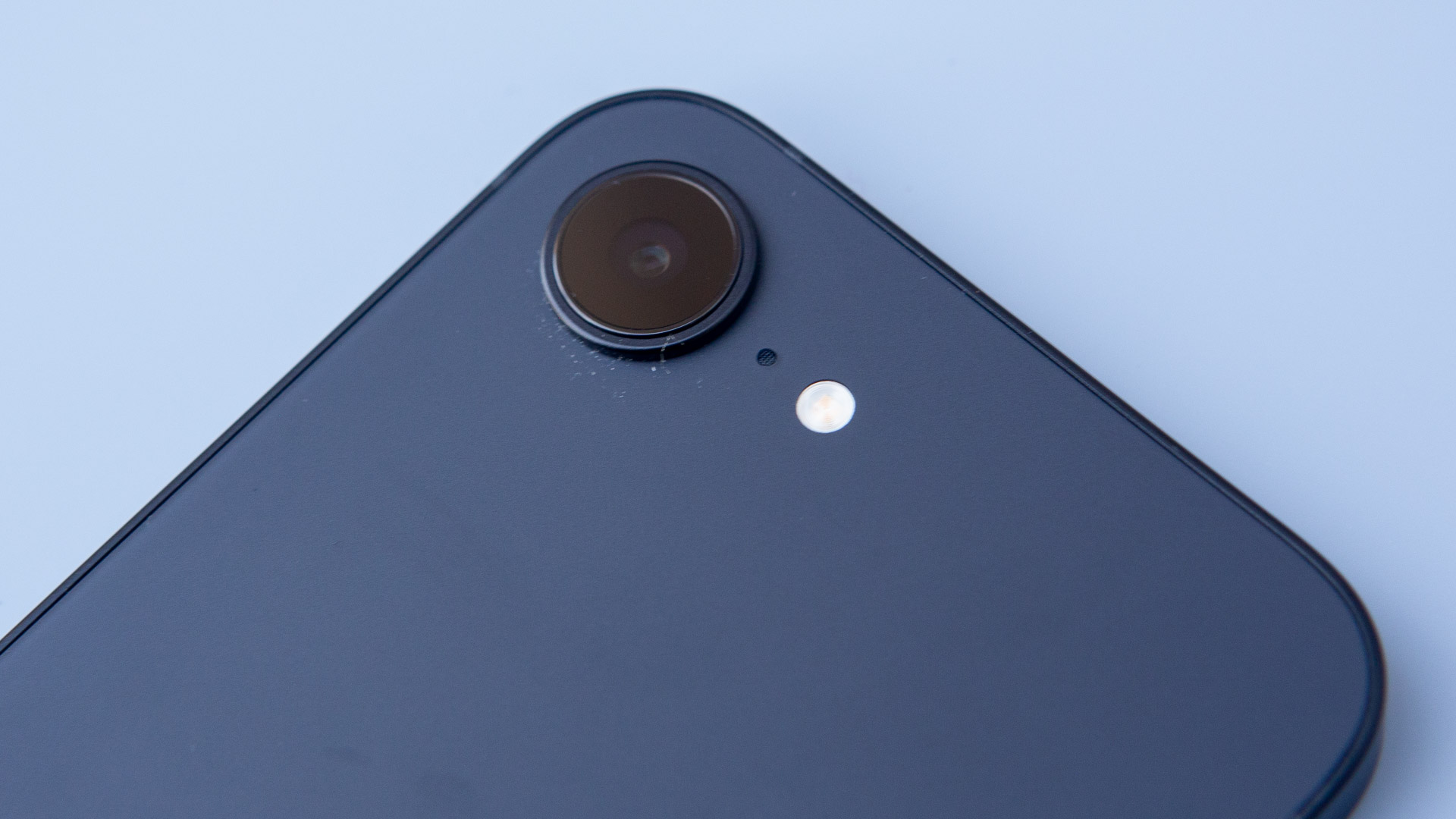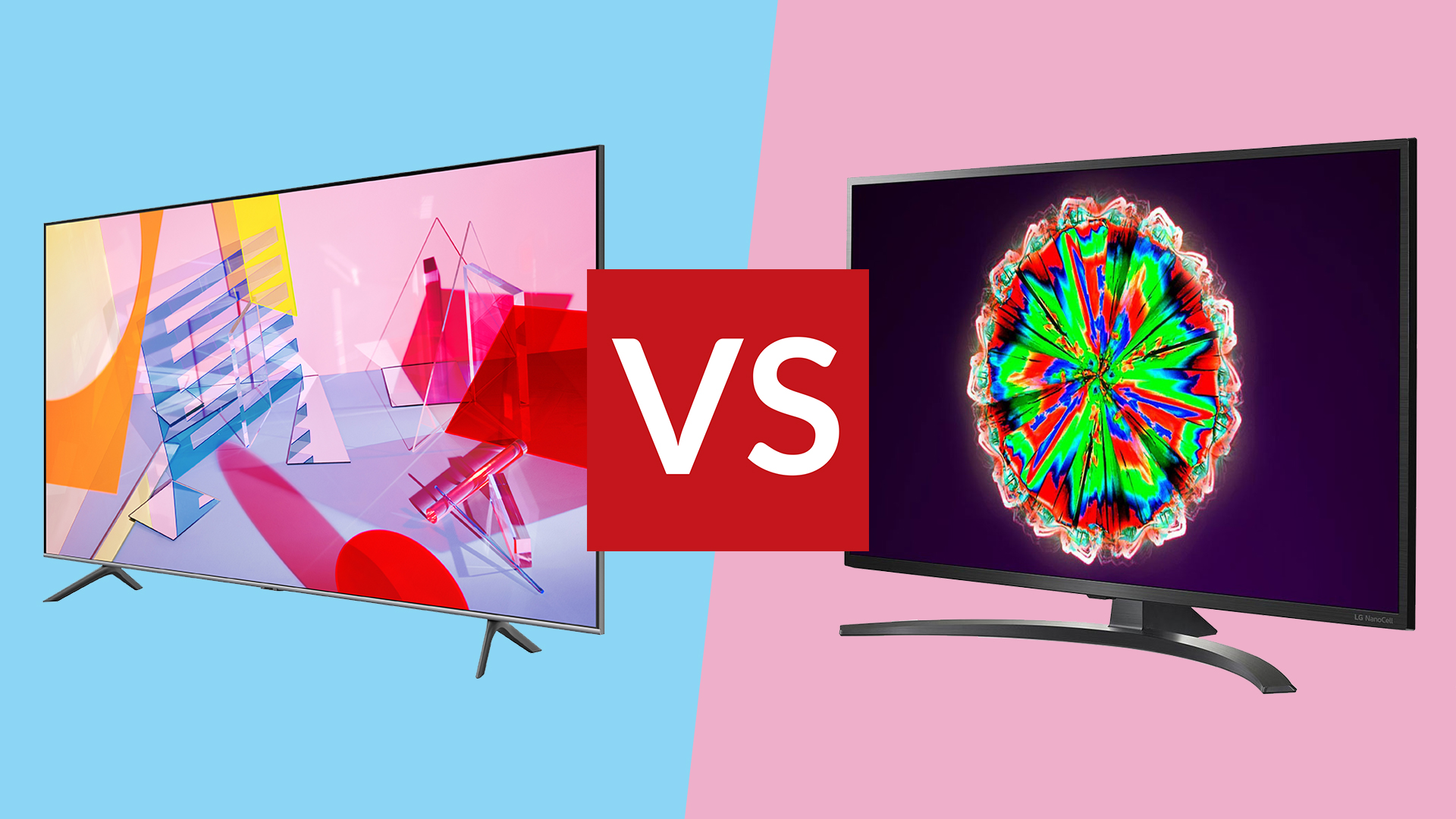

If you're looking for the best 43-inch TVs, with advanced panel tech and top-quality smart features, you'll almost certainly end up looking at the Samsung Q60T vs LG NANO796. They're available in some other sizes too, but with most of the best TVs not bothering with sizes under 50 inches, these two are the rare case of high-end panels coming to smaller sets.
Featuring Samsung's QLED tech and LG's NanoCell tech respectively, both are made to take advantage of high dynamic range (HDR), and feature powerful image processing – more so than many of the other TVs you'll find in this price range.
Samsung and LG’s smart operating systems are both impressive too – the first derived from Tizen and the second based on webOS. Even better, the two Korean giants include these comprehensive platforms on their more affordable models – so you don’t need to go higher up their ranges to enjoy all the benefits. When it comes to usability, these are just like much more expensive sets.
The Samsung Q60T and the LG NANO796 are great examples of competitively-priced and well-specified 4K HDR TVs, but which one should you choose?
Samsung Q60T vs LG NANO796: Price and sizes
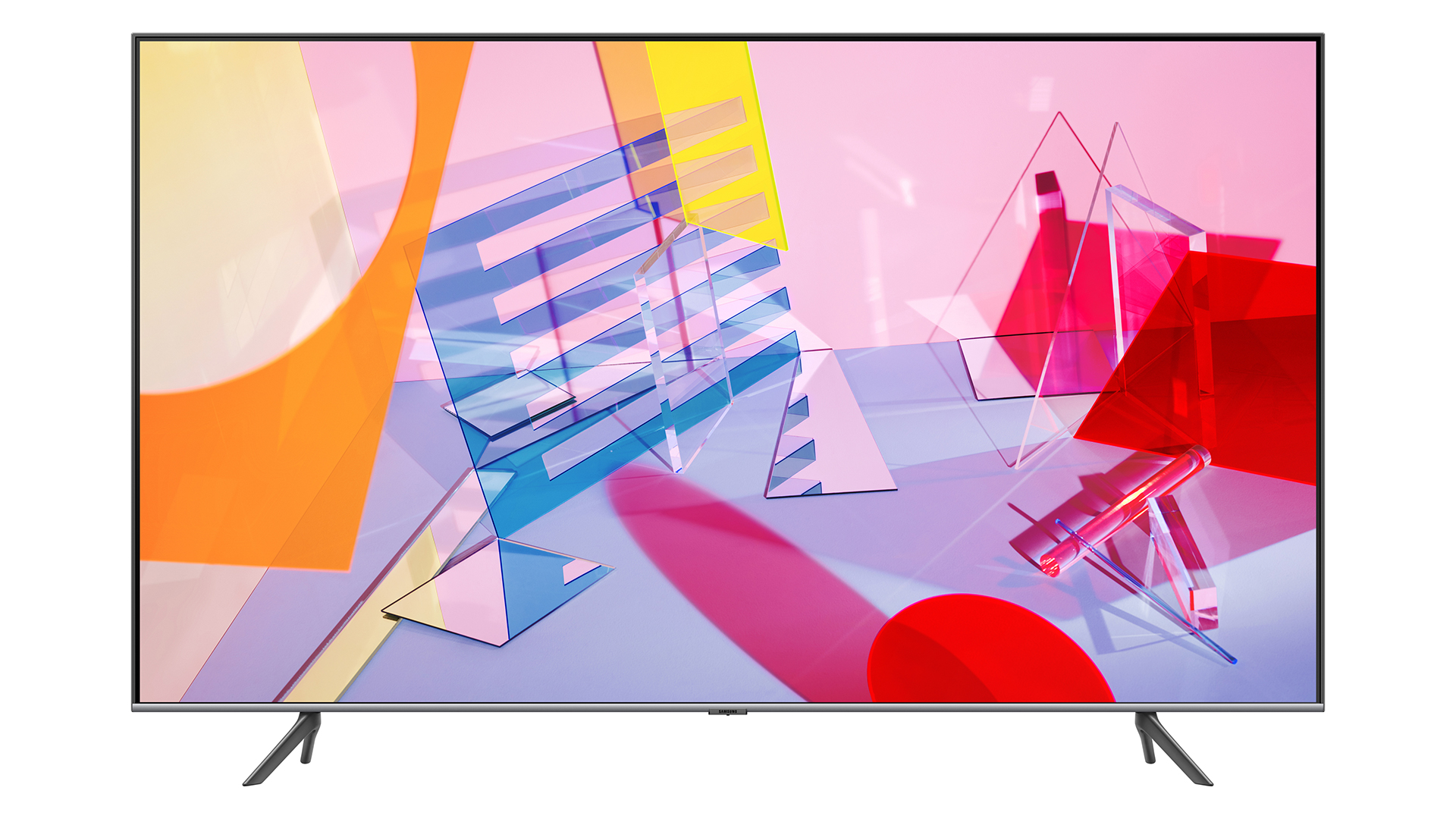
The Samsung Q60T has a sleek design for a lower-price TV.
The Samsung Q60T is the cheapest entry in the company’s 2020 QLED range (so it's a couple of years older now), with attractive pricing and an impressive array of screen sizes that includes 43-inch (£579/$529), 50-inch (£599/$649), 55-inch (£699/$699), 58-inch (£849/$799), 65-inch (£999/$999), 75-inch (£1,299/$1,299) and 85-inch (£1,799/$2,099) choices.
Not to be outdone by its Korean rival, LG offers a similar range of screen options and even keener pricing, with the NANO796 coming in 43-inch (£399), 50-inch (£479), 55-inch (£579), 65-inch (£699), and 75-inch (£1,099) sizes. In the US, the closest equivalent model is the LG NANO81, which starts from $649 for 55-inches.
Samsung Q60T vs LG NANO796: Design & connections
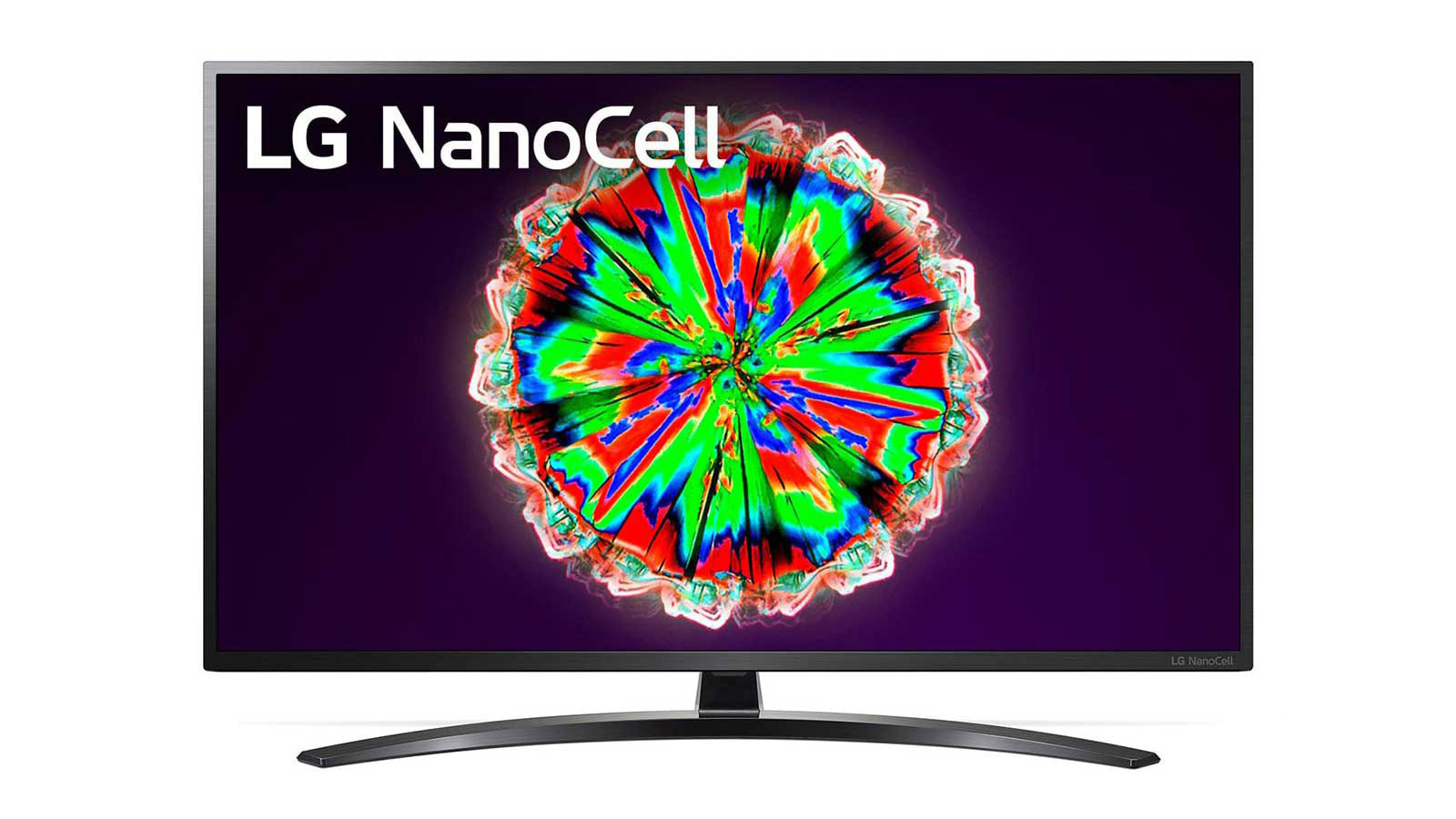
The LG NANO796 has a simple and sturdy curved stand, but its better backlight means it isn't as thin as the Samsung.
The Samsung Q60T employs the company’s new Dual LED backlight, which uses rows of two differently coloured LEDs at the edge of the screen. Picture improvements aside, it helps keep the design sleek and slim, while still benefitting from excellent levels of build quality.
Sign up to the T3 newsletter for smarter living straight to your inbox
Get all the latest news, reviews, deals and buying guides on gorgeous tech, home and active products from the T3 experts
The choice of connections is also good, with three HDMI inputs (one eARC-compatible), a couple of USB ports, terrestrial and satellite tuners, composite video inputs and a digital optical output. The Q60T also includes Bluetooth 4.2 on board, along with dual-band Wi-Fi.
The LG NANO796 uses a direct LED backlight, which improves picture quality but makes the panel slightly deeper. Otherwise the minimalist design is reminiscent of the Samsung, although LG uses a crescent stand, making installation on a narrow surface easier than the Q60T’s wide-apart feet.
Once again, the NANO796 is very similar, with three HDMI inputs (one with eARC), two USB ports, terrestrial and satellite tuners, composite/component video inputs and a digital optical output. There’s also Bluetooth 5.0, and dual-band Wi-Fi.
Samsung Q60T vs LG NANO796: Picture quality
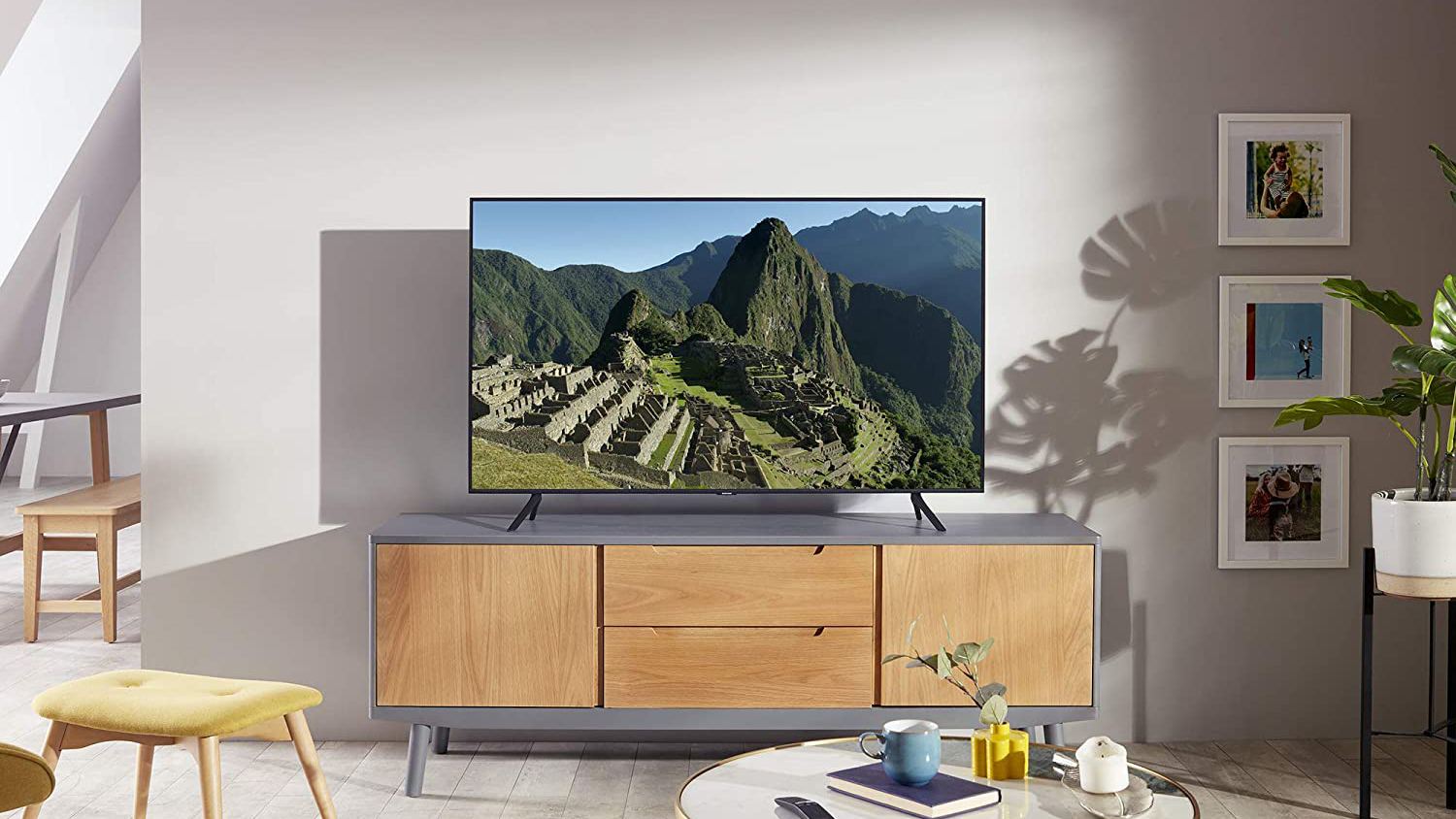
The Q60T is the cheapest Samsung TV with QLED screen tech.
The Samsung Q60T uses its Dual LED tech to deliver an impressive picture with good brightness and impressive contrast. The quantum dots ensure a wider colour gamut, and the resulting images are bright, colourful and largely free of blooming. Samsung also uses a VA LCD panel, producing deeper blacks while limiting the optimal viewing angles.
The Q60T supports every HDR standard except Dolby Vision – so you get HDR10 (the basic standard), HLG (for live broadcast) and HDR10+ (used on Amazon Prime Video and some Blu-rays). This TV produces impressive 4K and HDR images, but state-of-the-art upscaling also gets excellent results with lower resolution images. Finally, there’s a superb sub-10ms input lag for gaming
As the name suggests, the LG NANO796 uses the company’s NanoCell tech to deliver purer colours and punchy 4K images. The direct LED backlight and local dimming also gives HDR a boost, with brighter highlights. LG uses IPS panels in its LCD TVs, which means a wider optimal viewing angle but slightly weaker blacks when compared to the Samsung.
LG supports HDR10, HLG, and Dolby Vision, but not HDR10+, which isn’t necessarily a bad thing because Dolby’s format is more popular and is used by Netflix, Disney+, and Apple TV+, along with a number of Blu-rays. Much like the Q60T, the NANO796 includes AI-enhanced image processing designed to deliver superior upscaling, and a sub-10ms input lag.
Samsung Q60T vs LG NANO796: Sound quality
The Samsung Q60T sports two drivers and 20 watts of power, but despite this it isn’t the greatest sonic performer. The soundstage often feels underpowered, with a feeble and confused presence. It’s not terrible, but there’s no denying that adding a soundbar would yield dividends, particularly if you buy one of the larger screen sizes.
The LG NANO796 has an identical speaker layout, plus the same amount of amplifier grunt built-in, and as a result it doesn’t sound better than the competition. When you consider the depth of the panel and the downward-firing speakers, there’s only so much acoustic processing can achieve in terms of creating an expansive soundstage.
Basically, to get these TVs to a lower price, the speakers have been sacrificed – you'll want to be looking to the best soundbars for an upgrade.
Samsung Q60T vs LG NANO796: Smart TV
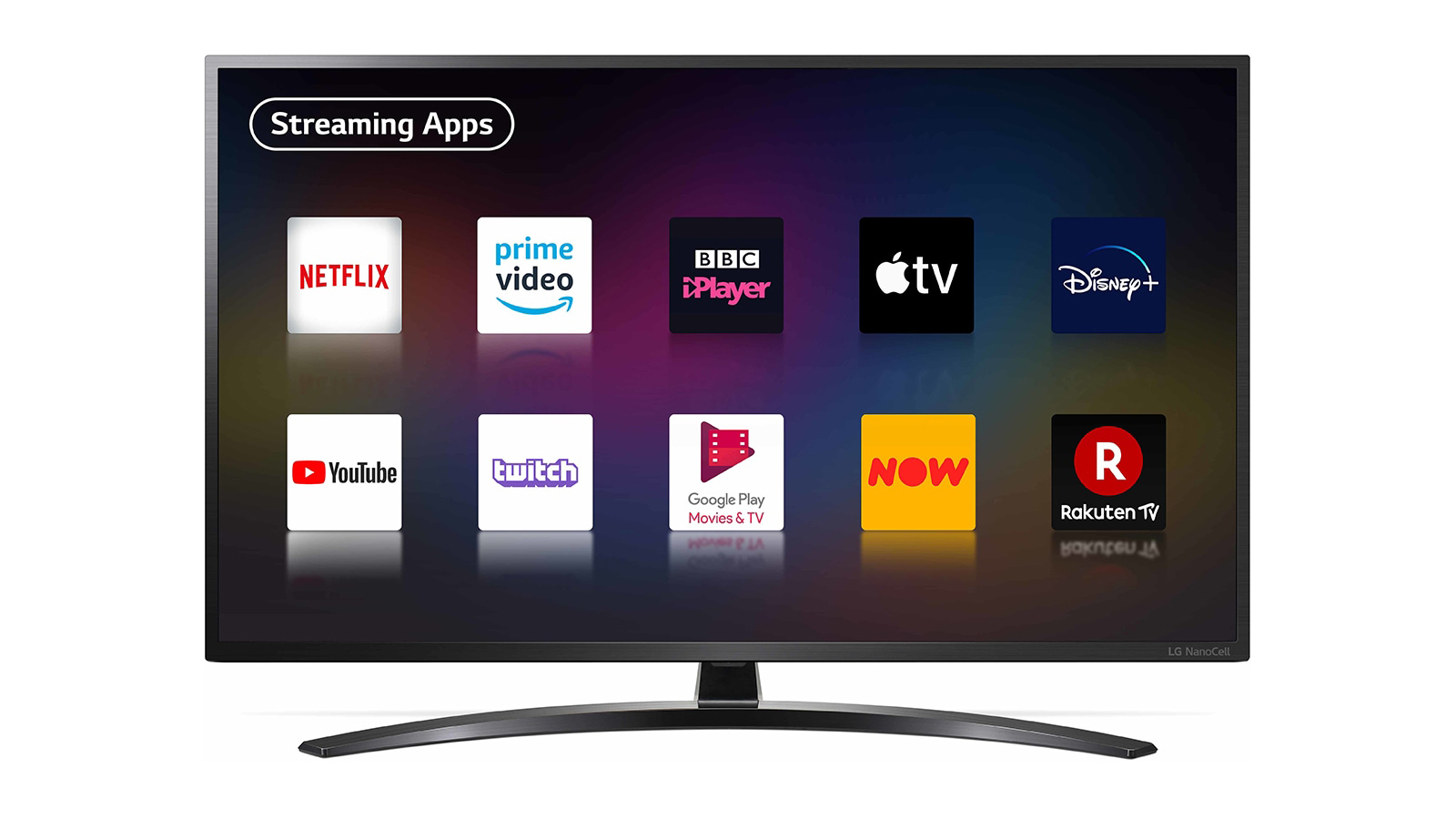
The LG NANO796 has a great range of streaming apps overall.
Samsung’s smart platform is a definite strength of its TVs, and the Q60T benefits from the complete package. The operating system is slick, responsive and highly intuitive to use, with a comprehensive selection of catch-up and streaming services. Two remotes, the SmartThings app, and built-in Alexa round out what is a genuinely impressive smart offering.
Until recently, the only smart system better than Samsung’s Tizen was LG’s webOS, and it remains highly responsive and incredibly easy to navigate thanks to the magic remote. There’s also built-in Google Assistant and Alexa compatibility, but the lack of any UK TV catch-up services (aside from iPlayer) is a shame, and thus webOS yields its smart system crown to Samsung.
Samsung Q60T vs LG NANO796: Verdict
These two TVs are undeniably similar in terms of design, features and performance, making it hard to choose between the two. The Samsung Q60T offers an 85-inch option, which is great if you want a really big screen, and the Tizen smart system is comprehensive in its choice of apps.
Conversely the LG NANO796 benefits from some aggressive pricing, a bright LED backlight, better off-axis viewing angles, and the inclusion of the more popular Dolby Vision HDR format. However, while webOS remains a masterclass in ergonomic design, the lack of most UK TV catch-up apps continues to irk.
Steve Withers is a professional calibrator and freelance journalist who regularly contributes to T3, reviewing audio and video products, and writing articles. Steve has been writing about audio and video products for over ten years and, along with T3, he also contributes to TechRadar, Trusted Reviews, Expert Reviews, AVForums, Pocket-lint, Home Cinema Choice, and Wired. Steve is Level 2 certified with THX, the Imaging Science Foundation (ISF) and the Home Acoustics Alliance (HAA). As such, he remains abreast of all AV technology developments and the latest industry standards as we transition into a new era in home video and audio.
